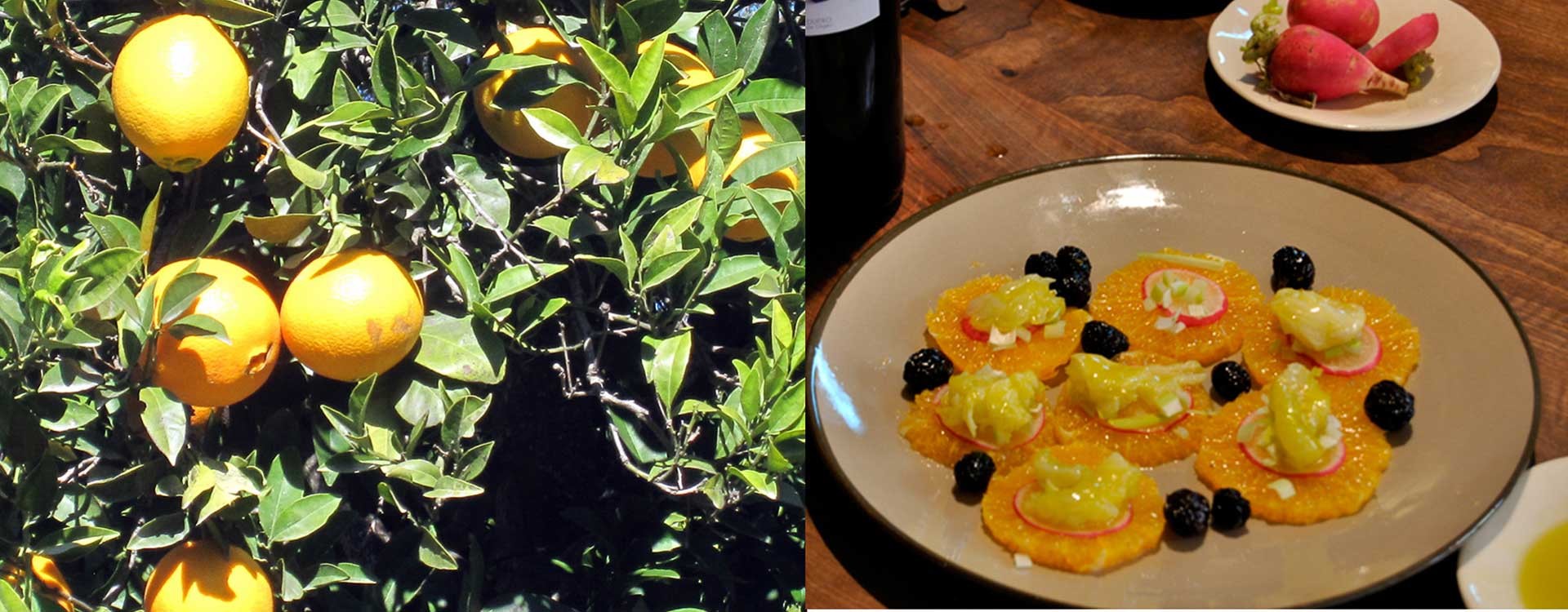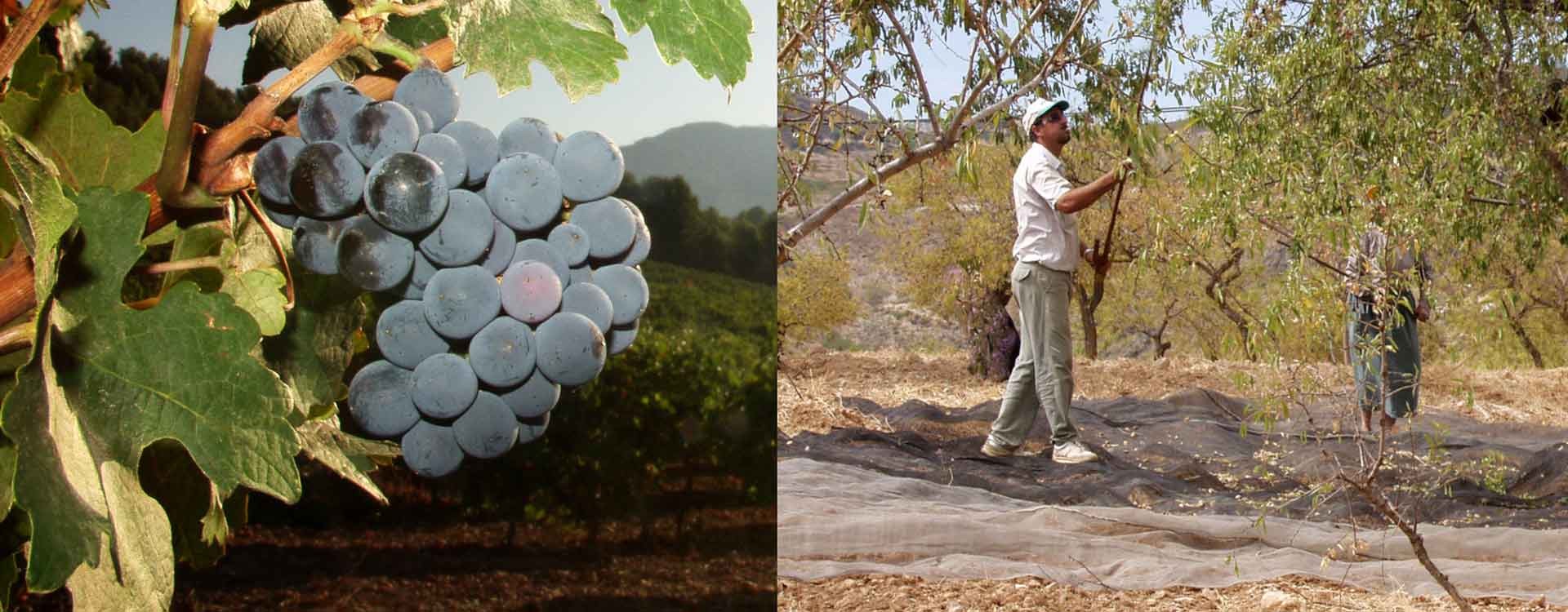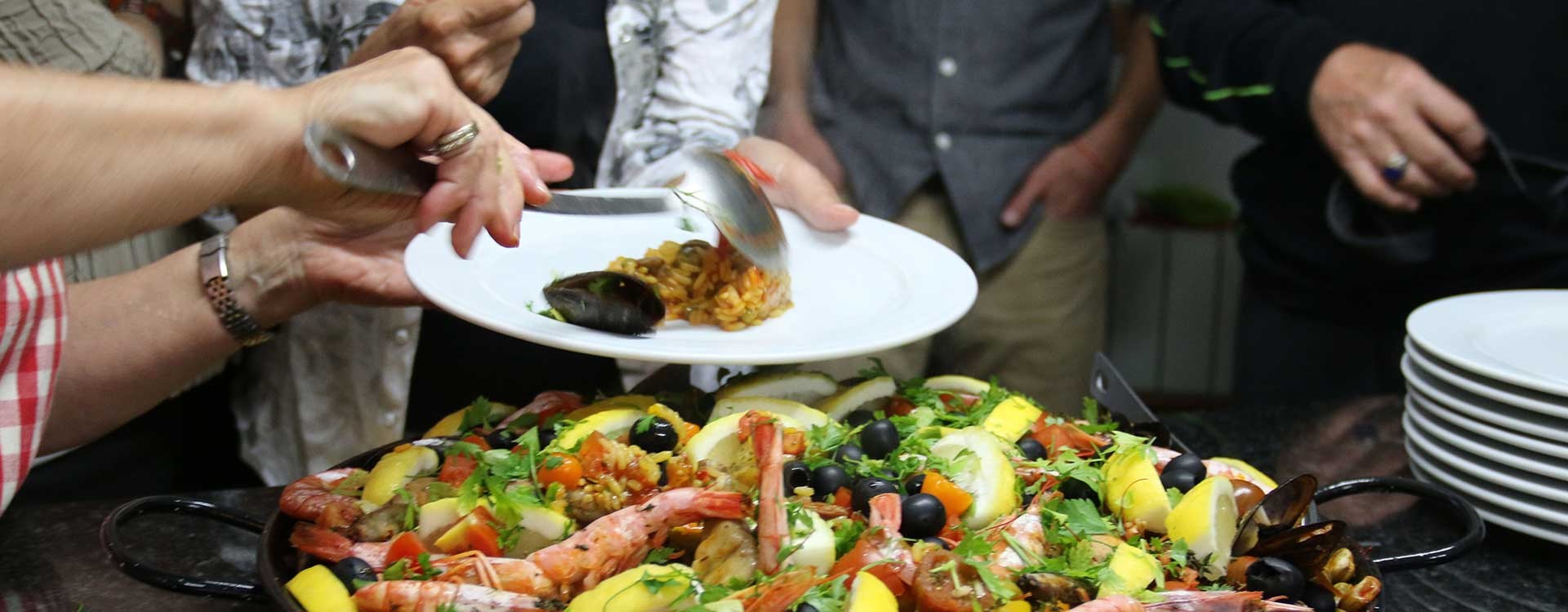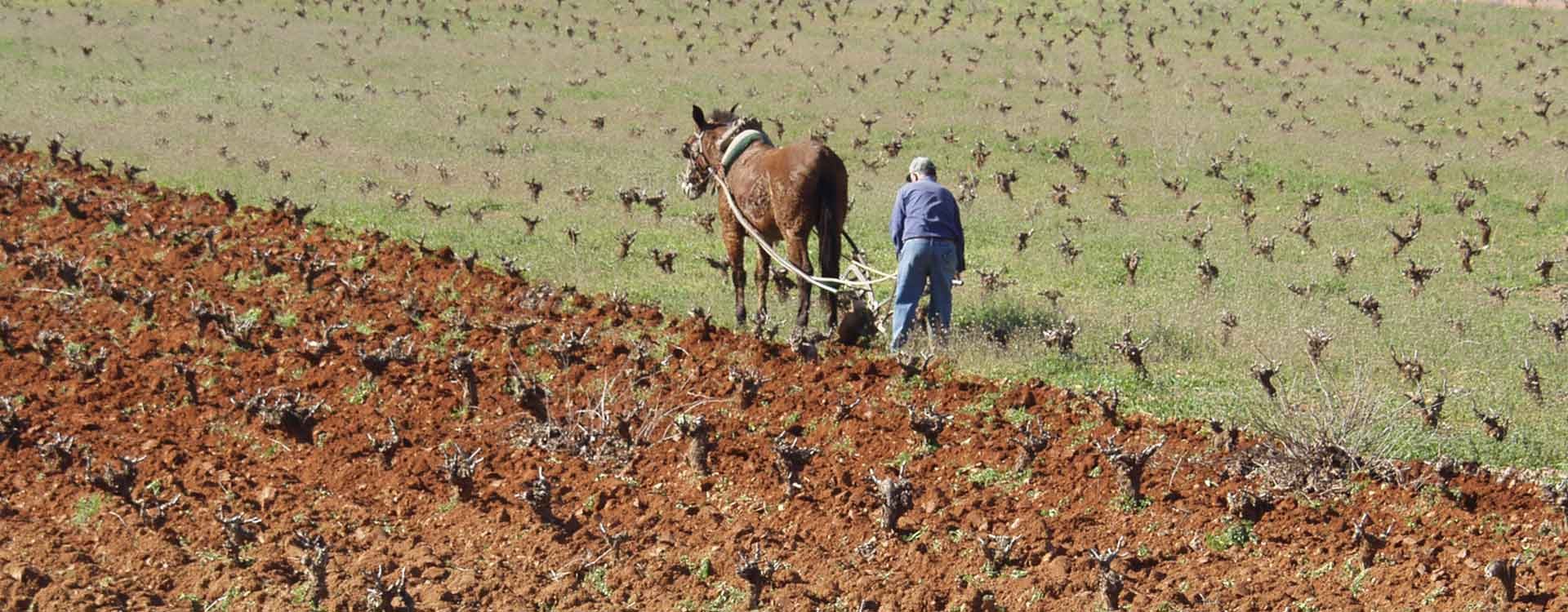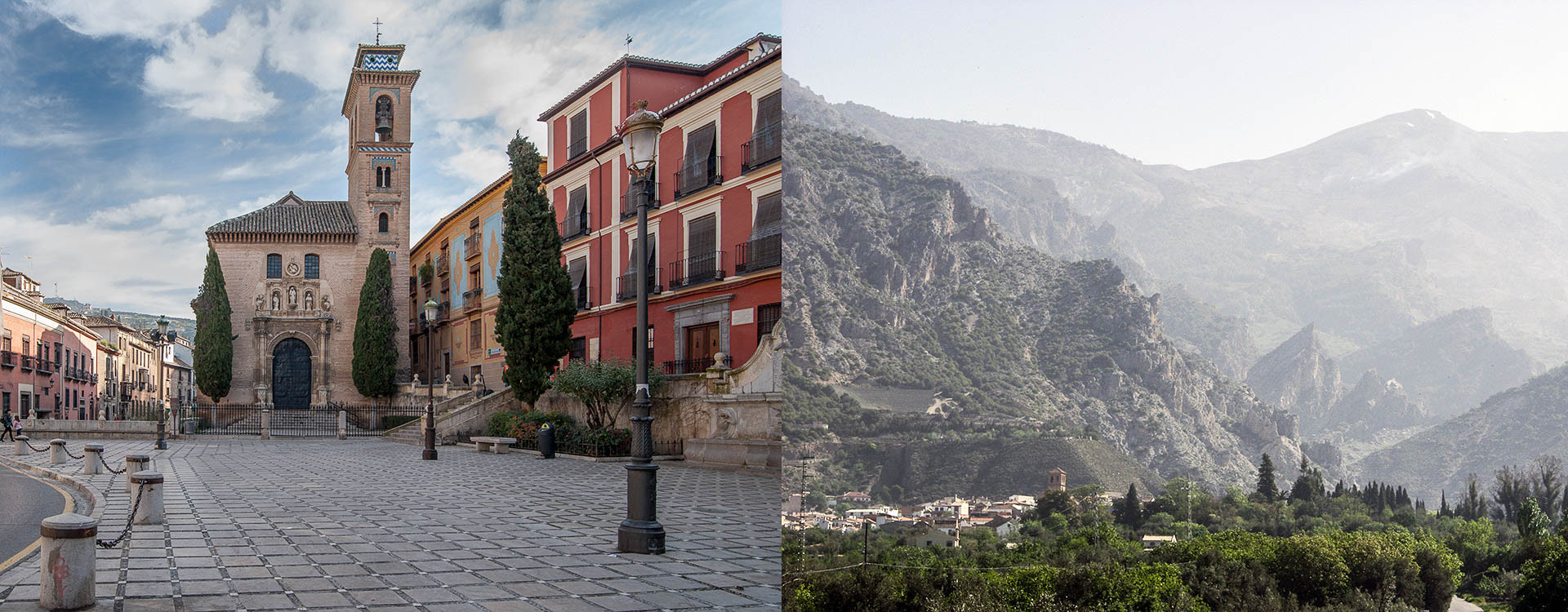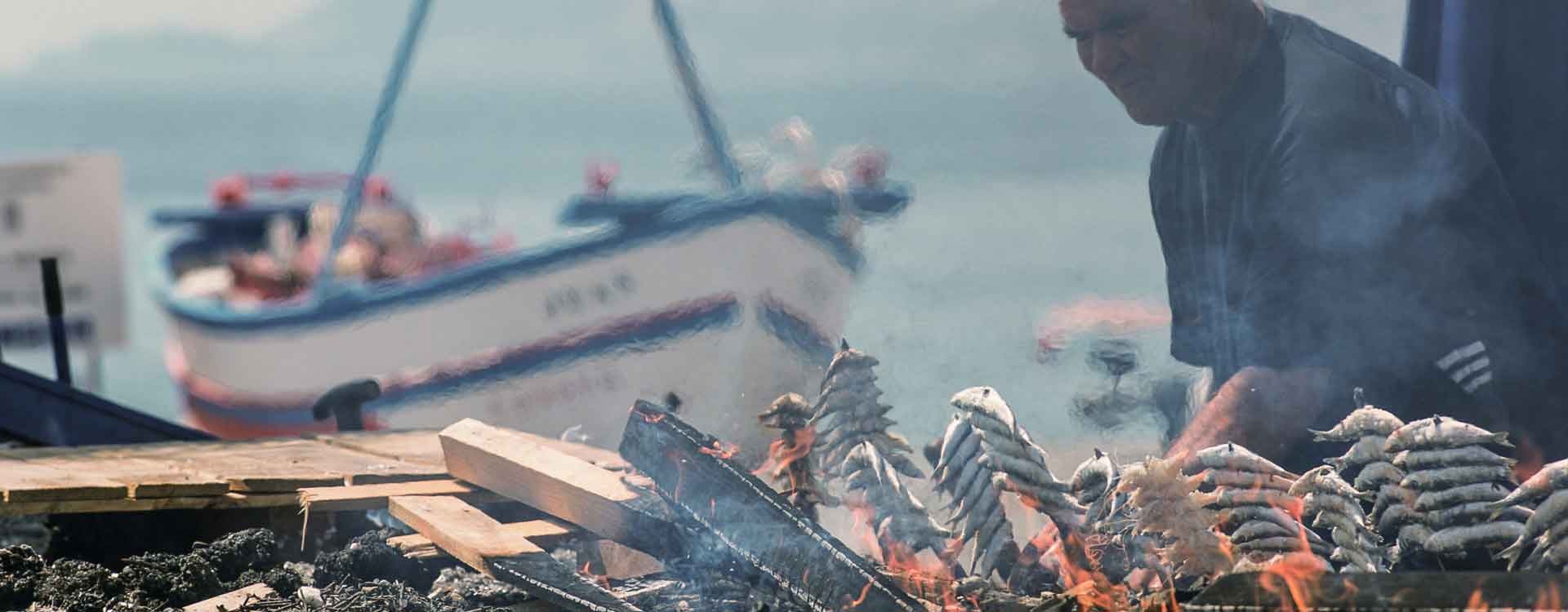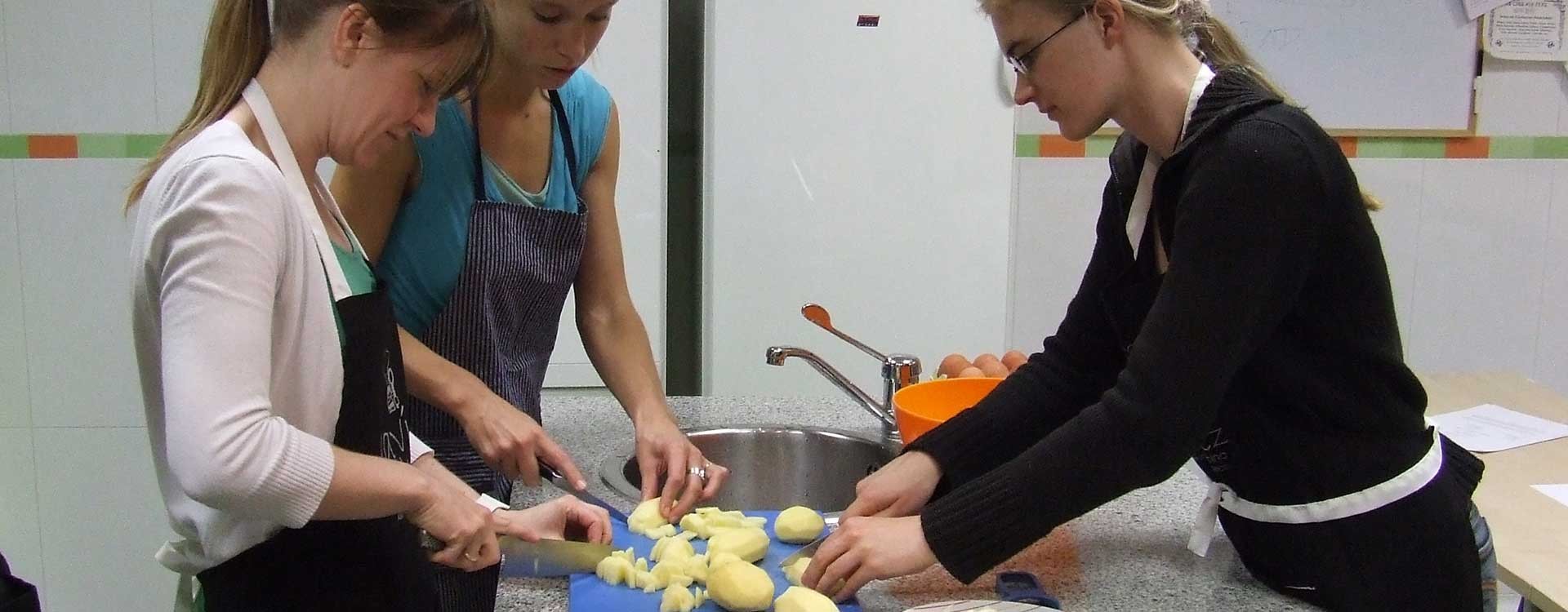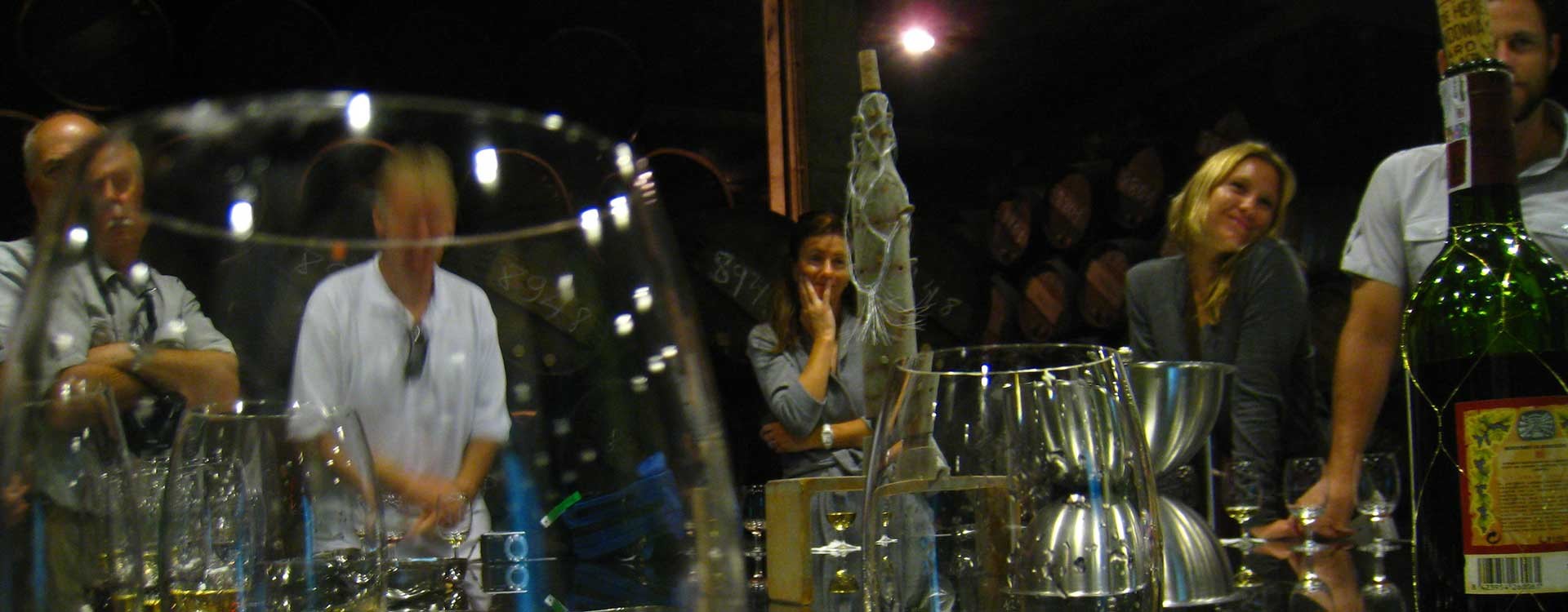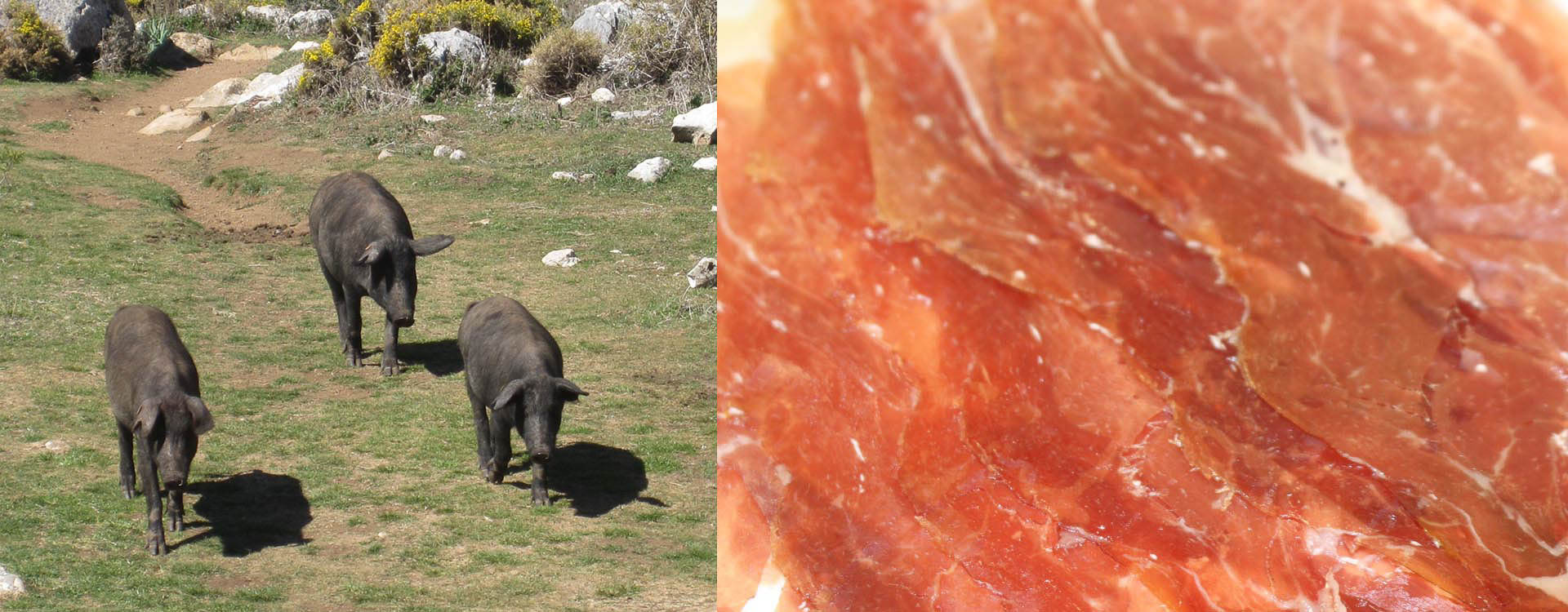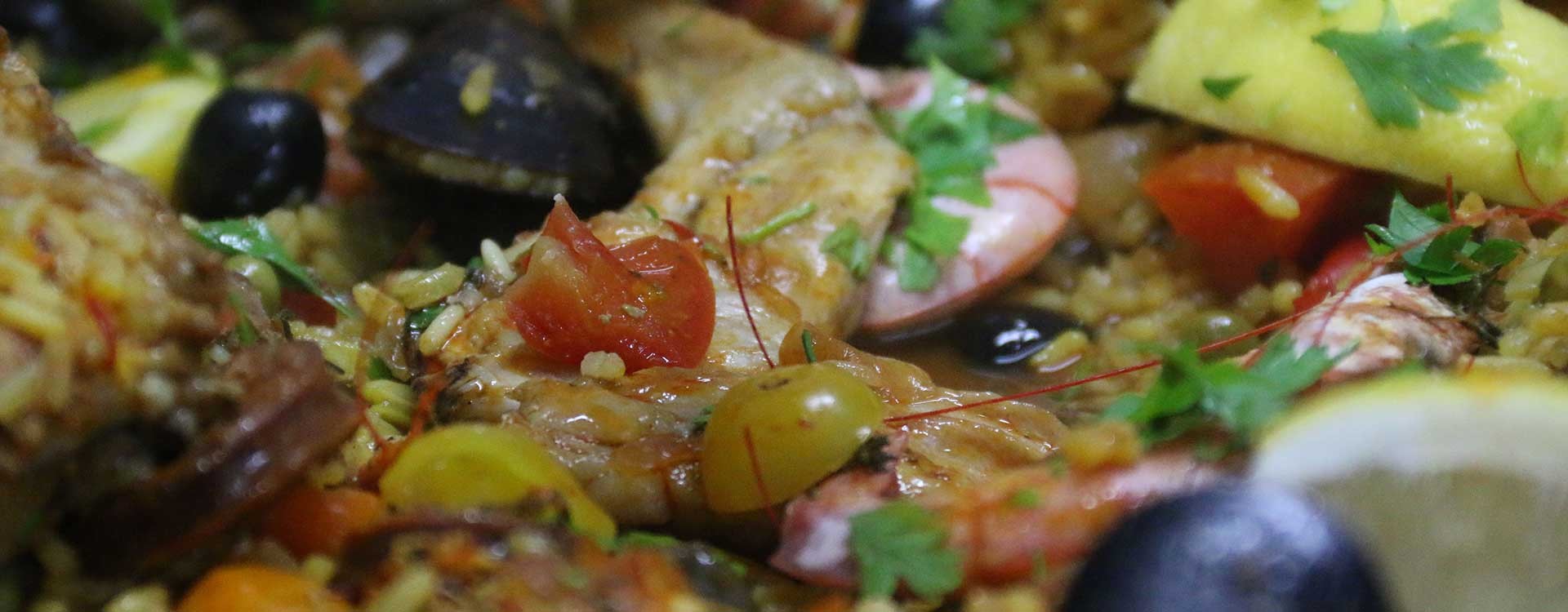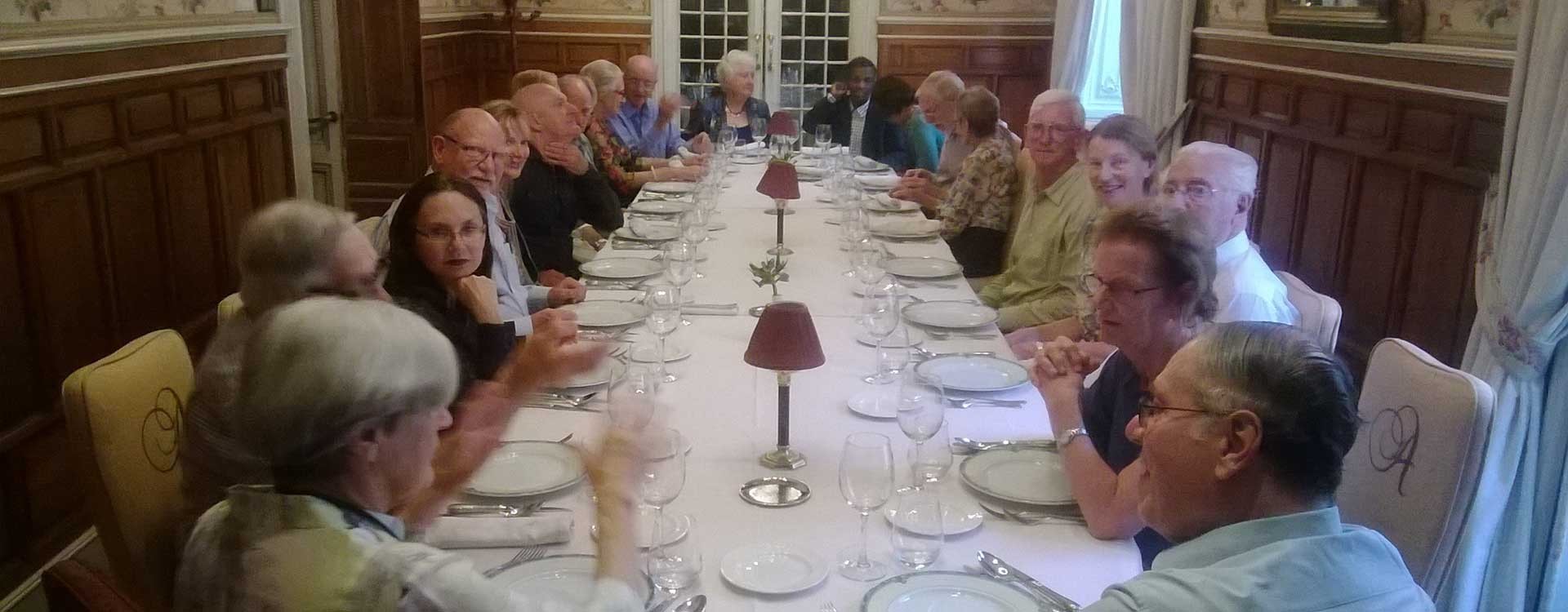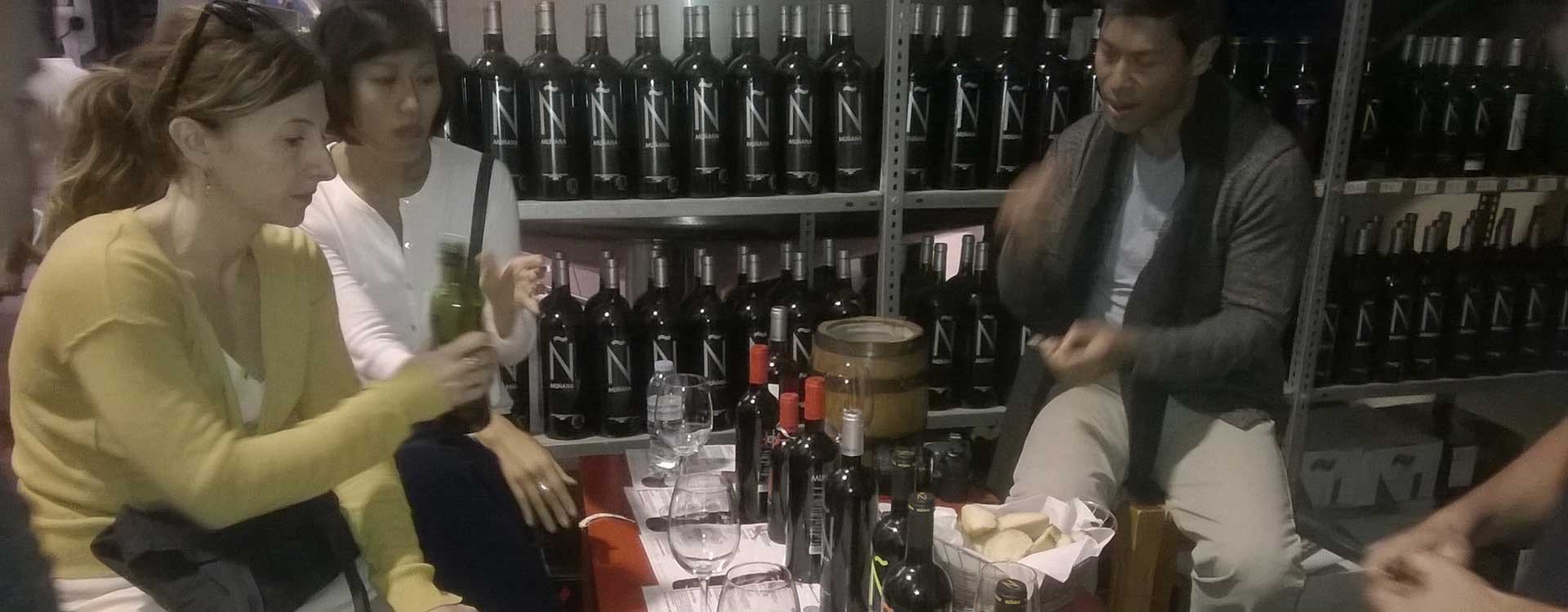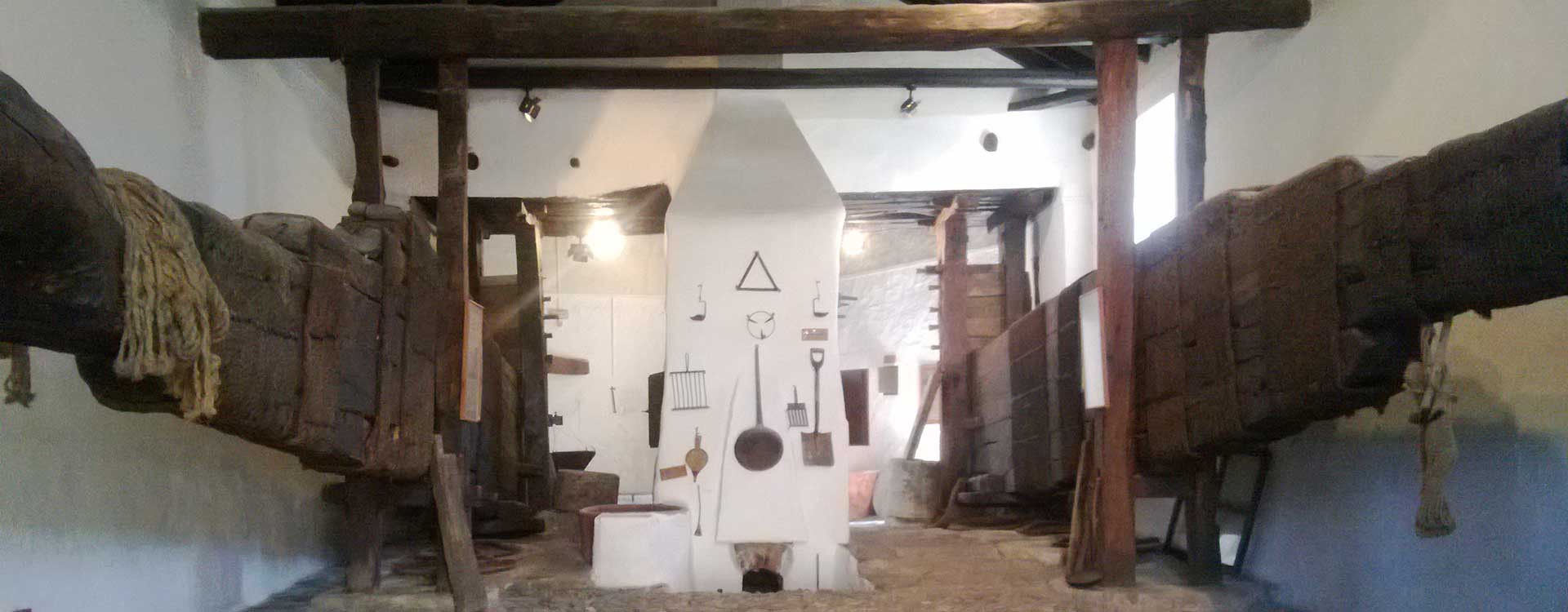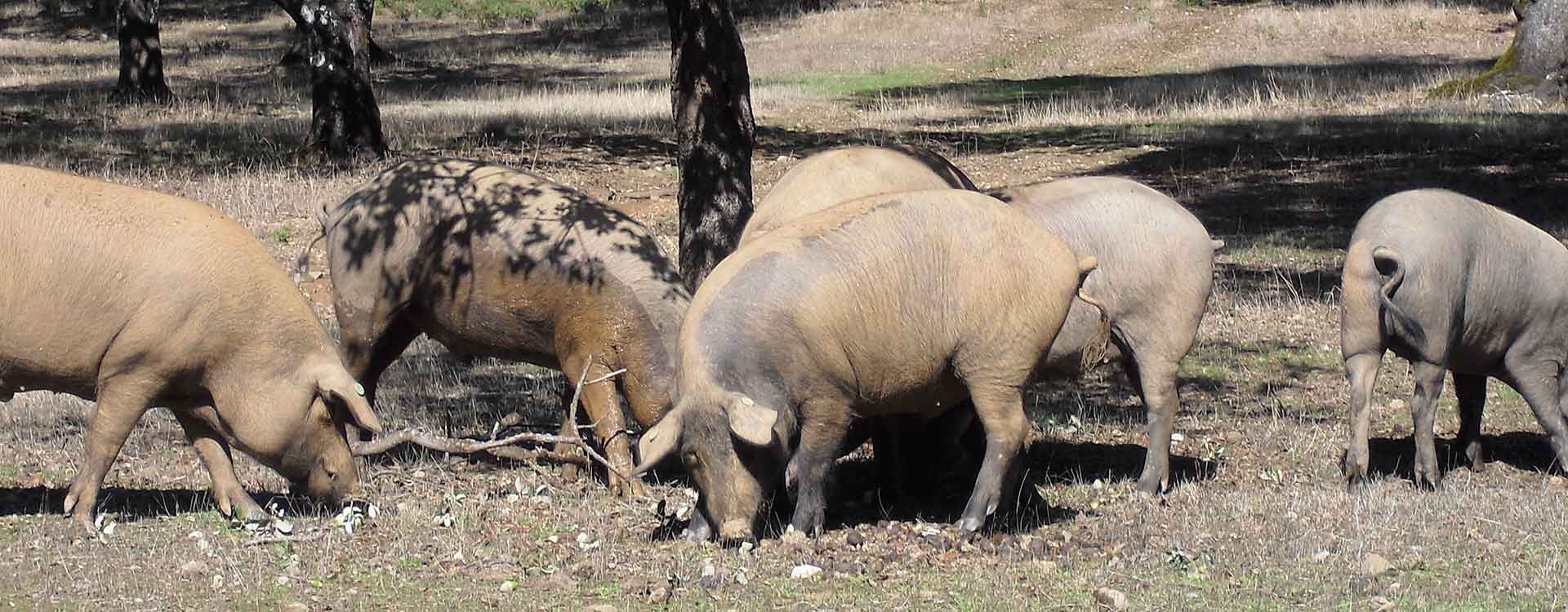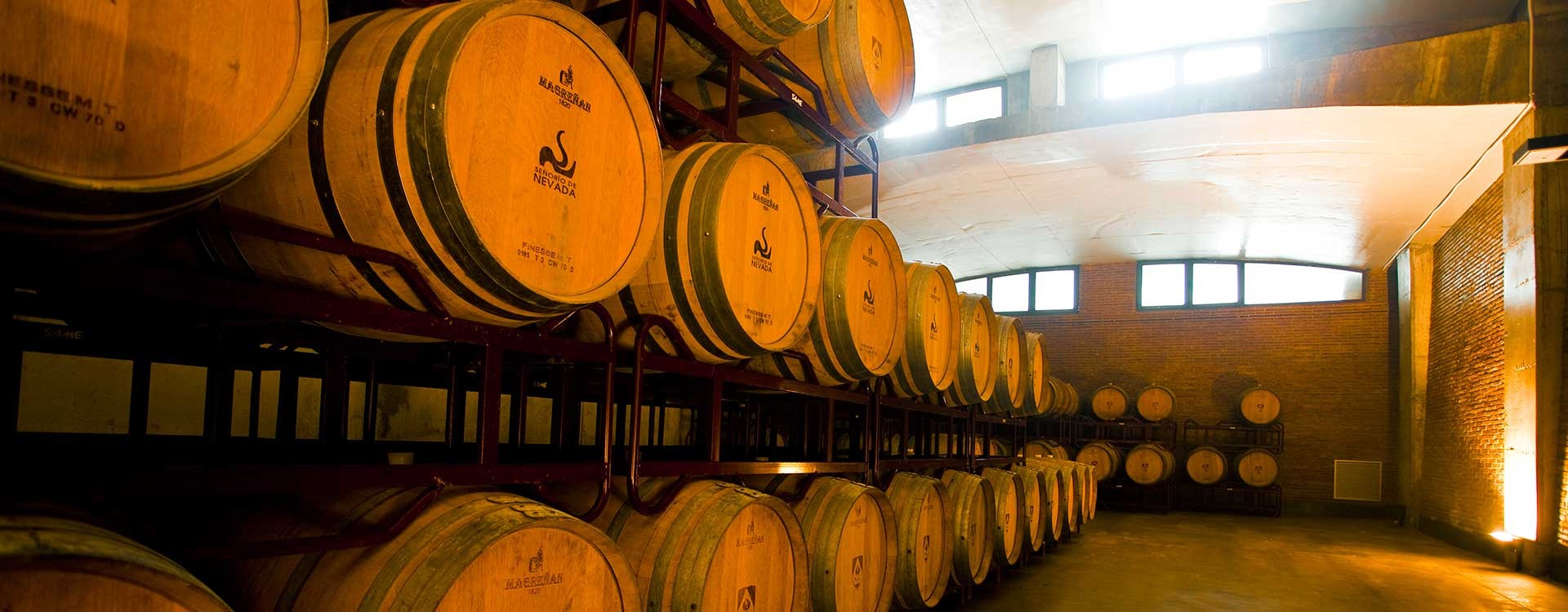Gourmet
Field to Table – sample itinerary
- Transfer from Málaga airport along the coast and up into the mountainous Alpujarra region. The first of our two bases on this tour, it is one of the great “finds” of southern Spain, a beautiful landscape of orchards, fields, woods and river valleys, and quiet villages, set between the high peaks of the Sierra Nevada and the Mediterranean Sea. We stay in the village of Mairena – well off any “beaten track” – where our charming rural hotel is built in traditional local materials and offers spacious accommodation, home-cooked food, and views over the valleys and as far as the sea from its sun terrace.
- Today we put the title “Field to Table” into practice, sourcing from the land the ingredients we are to cook with. We will walk to the river valley below the hotel and visit allotments where all manner of vegetables and fruits are grown; then, using the seasonal vegetables and fruit we have collected, we set about converting them into some traditional local dishes in a hands-on cookery class. After enjoying the fruits of our labours at lunch, relax with a siesta in the hotel gardens or further explore the local countryside on one of several easy walking trails from the village. Dinner is in the hotel’s restaurant, which serves a delightful fusion of Andalusian and Moroccan cuisine.
- The higher parts of the Alpujarra region enjoy a microclimate which lends to the cultivation of vines. Over the last few years several new organic vineyards have set up here and produce excellent red and white wines as well as local sparkling wine (cava). In late summer we have the chance to help out in the vendimia (harvest) seeing how the work is done and looking at some of the processes involved — as well as sampling the results from previous vintages, of course! In winter this activity is instead taking part in the local olive harvest, a key event in the village calendar and a great insight into rural life.
- The small-scale farming of the Alpujarra is our focus today as we journey through the spectacular Poqueira Ravine en route to Granada. Meeting with local producers we will learn more about traditional Spanish agriculture and food at the allotment of a local resident, where an abundance of vegetable and fruit is grown, and at a ham secadero, where the famous jamón serrano is cured. After lunch based on seasonal products, we continue down to Granada, where we stay in the historic Albaicín quarter. The city has a big university population and a lively bar scene: this evening we’ll explore the old city centre and some of its most characteristic bars serving great local wines and delicious tapas.
- Let’s cook! But first, we go shopping for ingredients in the lively markets and stalls near the cathedral in Granada with your host, a young Spanish chef, veteran of several top Madrid restaurants. Then, in his downtown kitchen-classroom, you will learn creative twists on some of the classic Spanish dishes before sampling the results. In the evening we will enjoy a tasting dinner in a stylish delicatessen which stocks extra virgin olive oils, cured meats and hams, local cheeses and an array of Spanish regional wines. The day is capped with a guided night-time visit of the stunning Alhambra palaces, Spain’s most-visited monument and an exquisite representation of Moorish design and craftmanship.
- “La Costa Tropical”, the coastline of Granada Province, is so named for its sub-tropical climate, which allows for the cultivation of fruits such as avocadoes, mangoes and custard-apples. In the pretty resort town of Salobreña we will visit a plantation, sampling the fruits that are in season, before enjoying a paella on the beach. Back in Granada this evening we will take you into the Sacromonte, a district of cave houses with strong gypsy roots and a lively flamenco culture, enjoying dinner in a great little local restaurant with before attending an exuberant flamenco zambra in a cave house – a unique setting.
- Explore more of Granada on your own this morning and perhaps try out one of our recommended restaurants for lunch. This afternoon we return to see the Sacromonte in the daytime, with a visit to a fascinating cave house museum with exhibits on caves, gypsies and flamenco, and then stroll through the narrow lanes and squares of the old Moorish quarter, the Albaicín. Our farewell dinner is also in this neighbourhood, in a carmen (walled garden residence) with delightful terraced gardens which we will enjoy over an aperitif before sitting down to dinner with views of the floodlit Alhambra – a great finale to the tour.
- Departure or further independent travel. Granada is only ninety minutes by road from Málaga airport, from where there are flights to destinations throughout Europe and beyond. If you are staying on in Spain we can help you with hotel + activities in any of the major cities – contact us about our Post-Tour Extension packages.
Mediterranean Food – sample itinerary
- After an Orientation Tour in the historic centre of Granada, we spend the evening in a specialist food store sampling extra virgin olive oils, cured hams and sausages, artisanal cheeses, preserved vegetables and a selection of local dishes paired with regional wines. Our hotel is a converted monastery complete with original cloisters in the city centre by the river and in an area full of bars and restaurants.
- The Alhambra palaces and gardens are Spain’s most visited monument and deservedly so for their unique history and the exquisite fusion of Arab and Christian styles. After a comprehensive guided tour, we will then explore the bustling cathedral area and the old Moorish quarter of the city. Our evening Wine Stroll, led by a Spanish sommelier, combines a wine tasting class with visits to local wine bars, sampling a cross-section of wines from Granada province as well as the well-known wine-producing regions such as La Rioja and Ribera del Duero.
- We make an early start so as to explore the colourful food markets and stalls near the cathedral when they are at their most bustling and lively. We will be buying ingredients for the dishes for this lunchtime’s cookery course. Held in the kitchen-classroom of a young Spanish chef, this class will show us not only how to prepare some of the core dishes of the Mediterranean Diet, which we will afterwards enjoy, but also some interesting and useful facts on its key nutritional and health aspects.
- The shores of the Mediterranean provide the venues for today’s activities. We begin with a guided visit to plantations of fruit trees which thrive in the sub-tropical micro-climate here, such as mango, avocado and chirimoya (custard apple). Lunch by the sea is a must – a seafood paella freshly prepared over an open fire — before we watch the afternoon catch come ashore at the busy fishing port of Motril. We round things off with a sundowner drink and tapas on the beach and then head to Nigüelas, where we stay for the next three nights in a delightful hotel which is a converted mill set in gardens.
- Granada’s diversity is demonstrated by today’s visit to the mountain region of the Alpujarra. We will drink its renowned mineral water, visit a fascinating museum on bees and honey and a secadero where the excellent Jamón Serrano ham is cured. After a picnic of local products by the river, we will be shown around a local’s allotment (huerta), discovering the rich abundance of crops and the enduring importance of Moorish terracing and irrigation techniques. We dine in the premises of a leading local winery, where we will tour the installations and sample their excellent Tempranillo, Merlot and Syrah reds.
- The Lecrín Valley enjoys fame for its citrus fruits, which will no doubt feature in some of the dishes in today’s hands-on Tapas Cookery Class with an English chef, a long-term resident. Her class will not only show you some great recipes to replicate at home but is also sure to include some local gossip! After lunch there’s time for a walk through the orange groves, enjoying great views over the valley. Back in Nigüelas we will tour the oldest olive oil mill in Spain and learn about the traditional ways of extracting this “liquid gold” – an essential component of the Mediterranean Diet.
- Departure or further independent travel. Granada airport offers air connections to Madrid, Barcelona and London City. Only ninety minutes down the road is Málaga airport, with flights to destinations throughout Europe and beyond. If you are staying on in Andalusia we can help you with hotel + activities in any of the major cities – enquire about our Post-Tour Extension packages.
Andalusia Gourmet – sample itinerary
- Ronda, a pretty mountain town stunningly situated astride a deep gorge which splits it in two, is our base for the first two nights. We’ll get a feel for the old town with an evening stroll though its cobbled streets, dining in one of its most noted restaurants. The local cuisine is varied, as the sea is just 30 miles away and the nearby mountains of the Serranía de Ronda provide good game as well as chestnuts, figs, wild asparagus, legumes and all manner of fresh herbs.
- All through the town are monuments which attest to a lengthy and fascinating history, including mansion houses, gardens, and even the well-restored ruins of a c. 12 Arab bathhouse. On our guided walk we will also see inside the historic bull ring, considered as the spiritual home of Spanish bull fighting. Afterwards we walk to the vineyards of a niche wine-maker, who will show us around his terroir and the installations he has ingeniously housed in a restored c. 16 convent church, before we sample the excellent wines with lunch in the delightful gardens. Back in Ronda, after time for some independent sightseeing or a lazy siesta, we dine in another excellent family-run restaurant.
- Grazalema lies at the heart of the region of the pueblos blancos, the villages of picture postcard fame, flower pots adorning the balconies of the white-washed houses on narrow, cobbled streets. Here we will visit a farm making the piquant goat’s milk cheese for which the area is renowned; then, in nearby Zahara de la Sierra, we see how extra virgin olive oil is still milled in the traditional way. After a stroll through the picturesque streets and lunch in a wonderful restaurant with views over a reservoir, we head on to Seville where we’ll explore the old quarter before dining in the elegant setting of a c. 19 mansion house.
- Today is devoted to discovering the essence of Seville with a guided tour of its key sights: the imposing Gothic cathedral, the Moorish-Castilian palaces of the Alcázar, and the verdant Parque María Luisa, a delightful place to stroll if you wish to return later on. This evening we will see live flamenco, an exhilarating art form that is unique to Spain and still very much a part of popular culture. Beforehand, we dine in the Triana district, known for its many ceramic and art shops, lively bars and magical night-time views back across the river to the cathedral and the Giralda spire, Seville’s signature landmark.
- The rolling hills of Huelva Province could be regarded as “the home of ham”, since it is here that the black Iberian pig is bred and fattened on acorns, and the exquisite jamón ibérico produced. We will visit the installations of one of the leading producers, learn about the curing processes, and sample the ham with a glass of the best fino sherry, a wonderful pairing. Afterwards, in the pretty town of Aracena, we will enjoy a gourmet lunch at one of the finest restaurants in the area, and a stroll up to its medieval castle. This evening you might like to explore further the myriad tapas bars and lively restaurants of Seville.
- Córdoba, for centuries capital of Moorish Spain, is renowned for its c. 8 mosque fused into a c. 16 cathedral – a truly unique monument, not to be missed. Our guided visit will also take in the warren of medieval streets known as la Judería (Jewish Quarter), its small c. 12 synagogue, and craft market. Córdoba’s cuisine is highly regarded and in a lunchtime cookery class we will prepare, under the guidance of trained chefs, a menu of local specialities before enjoying them with the local Montilla-Moriles wines. This evening in Granada your local host will take you out to “tapear”: the art of bar-hopping and sampling the tapas – of which there is an infinite variety.
- The Albaicín and Sacromonte offer stunning views over the city of Granada and the Alhambra, as well as a singular charm and intriguing legends and history. An interpretative museum will show us how life was traditionally lived in the cave dwellings of the Sacromonte, while in the Albaicín we visit a carmen (walled-garden house) and a c. 16 convent before a relaxed tasting lunch in a garden restaurant. The afternoon is dedicated to the majestic Alhambra, the jewel in the crown of Spain’s long Moorish heritage, with an expert guided tour. We return to the Sacromonte for dinner — in a simple neighbourhood restaurant with superb views back to the floodlit Alhambra.
- Today we walk in the Alpujarra, an area of outstanding natural beauty set between the mountains and the Mediterranean. We will be shown around the huerta (kitchen garden) by a local resident and then sample some of its products in his cosy village bar. The region also produces superb mountain-cured jamón serrano, dried fruits, honey, and hand-made sweets and chocolate. As we return to Granada we will visit a winery, spectacularly set at the feet of the Sierra Nevada, for a guided tour and tasting. This evening we stroll through the Albaicín district to the enchanting gardens of a carmen where we dine with views of the Alhambra.
- Our return journey to Málaga takes us along the “Tropical Coast” where we will see plantations of mangoes, bananas and avocados on one side of the road and a coastline of clear blue waters on the other. We stop near the resort of Nerja to visit some impressive caverns, so large that concerts are held amid the stalagmites and stalagtites. Our final stop in the journey is for a lunch at a beachside restaurant where plates of fresh seafood are hawked by waiters who circulate shouting their wares — an entertaining spectacle and a different way to end our gastronomic experience of Spain.
